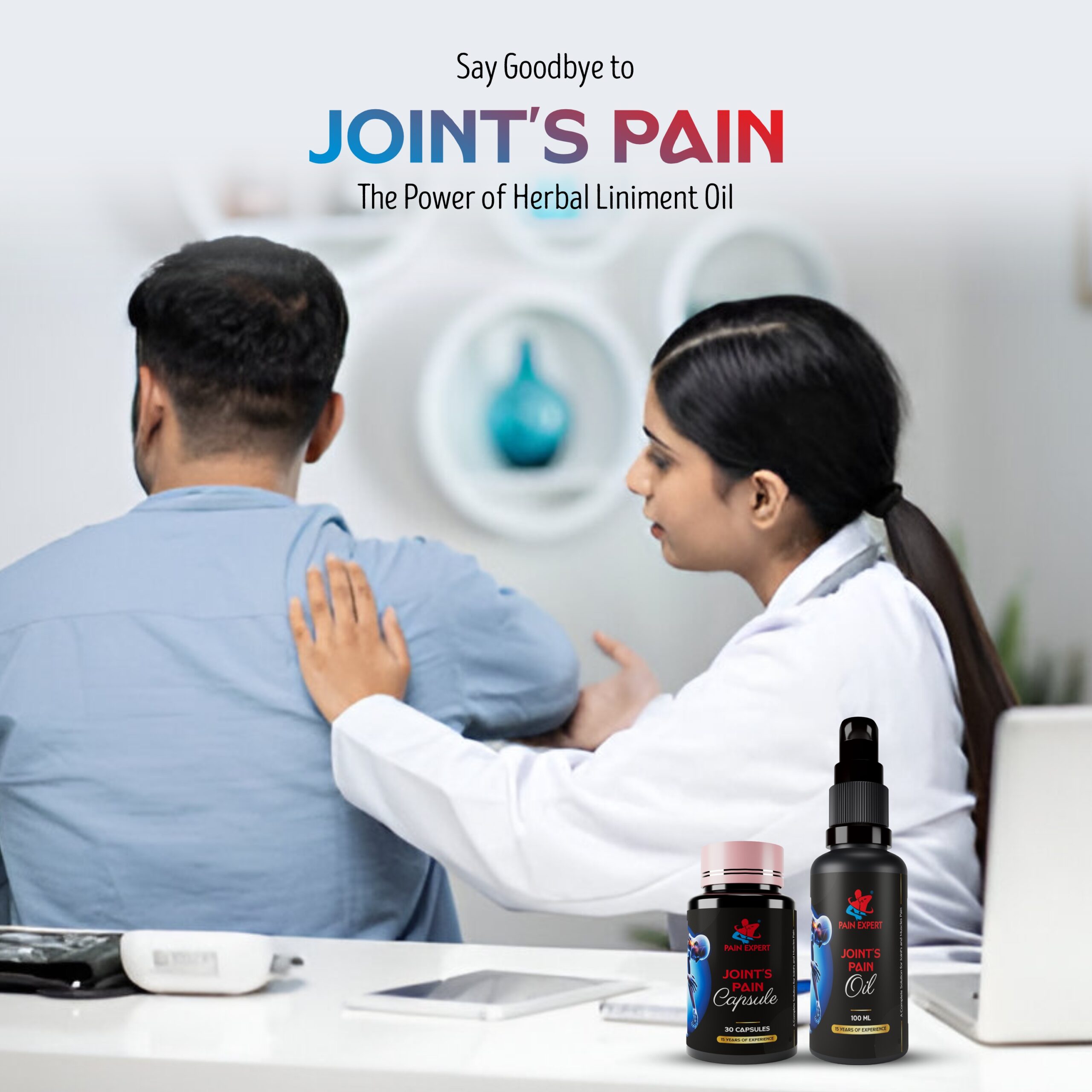Osteoarthritis (OA) is a chronic joint disorder caused by the gradual breakdown of cartilage and the underlying bone, commonly associated with aging and joint overuse. It is the most prevalent form of arthritis, especially among the elderly, and is characterized by joint pain, stiffness, and reduced mobility—often worsening after periods of rest.
Both modern medicine and Ayurveda offer distinct understandings and treatment modalities for managing OA. Below is a side-by-side comparison of these two medical systems and how they approach the condition:
Fundamental Philosophy
-
Modern Medicine approaches OA primarily from a biomedical angle—focusing on diagnosis and symptom-based treatment using drugs, physical therapy, and in severe cases, surgery.
-
Ayurveda, the ancient Indian system of medicine, emphasizes balance in bodily energies (doshas) and utilizes natural therapies, detoxification, and lifestyle changes to restore joint health.
Understanding the Causes
-
Modern Viewpoint:
OA is linked to multiple factors including age-related wear and tear, genetics, previous joint injuries, obesity, and repetitive joint stress. -
Ayurvedic Viewpoint:
OA is primarily associated with an aggravated Vata dosha, leading to dryness and degeneration. Improper digestion and accumulation of ama (toxins) further contribute to joint stiffness and inflammation.
Clinical Features and Diagnosis
-
Modern Medicine:
Diagnoses are based on physical examination, assessment of joint function, and imaging techniques like X-rays or MRIs. Blood tests may also be done to rule out other conditions. -
Ayurveda:
Diagnosis includes an in-depth evaluation of the individual’s doshic imbalance through tools like Nadi Pariksha (pulse diagnosis), observation of physical symptoms, tongue examination, and analysis of urine and stool.
Treatment Approaches
Modern Medicine
-
Medications:
Pain relievers, NSAIDs, corticosteroids, and hyaluronic acid injections to manage pain and inflammation. -
Physical Therapy:
Prescribed exercises to strengthen surrounding muscles, enhance flexibility, and reduce discomfort. -
Lifestyle Changes:
Focus on maintaining a healthy weight, adopting low-impact workouts, and using joint-supportive ergonomic tools. -
Surgical Interventions:
In advanced cases, joint replacement surgery may be recommended.
Ayurveda
-
Herbal Remedies:
Natural anti-inflammatory herbs such as Ashwagandha, Guggulu, Shallaki (Boswellia), and Turmeric are commonly used. -
Panchakarma Therapy:
Detoxification procedures like Virechana (cleansing), Basti (medicated enemas), and Abhyanga (herbal oil massage) to eliminate toxins and rebalance doshas. -
Diet & Lifestyle Adjustments:
Consumption of warm, nourishing, easy-to-digest foods to soothe Vata. Yoga, meditation, and stress-relieving activities are encouraged. -
External Treatments:
Localized treatments such as herbal pastes, fomentation therapies, and therapeutic oils like Mahanarayan oil for massage.
Toward an Integrative Approach
The growing popularity of holistic healing has sparked interest in combining both systems. Modern medicine’s diagnostic precision and quick symptom relief can complement Ayurveda’s emphasis on root-cause healing and long-term balance. Research initiatives and clinical trials are increasingly exploring the synergy between the two systems.
Conclusion
Though modern and Ayurvedic medicine differ in philosophy and practice, both strive to reduce symptoms, improve joint function, and enhance the quality of life for those living with osteoarthritis. An integrative model that leverages the strengths of both may provide the most comprehensive care for OA sufferers.

